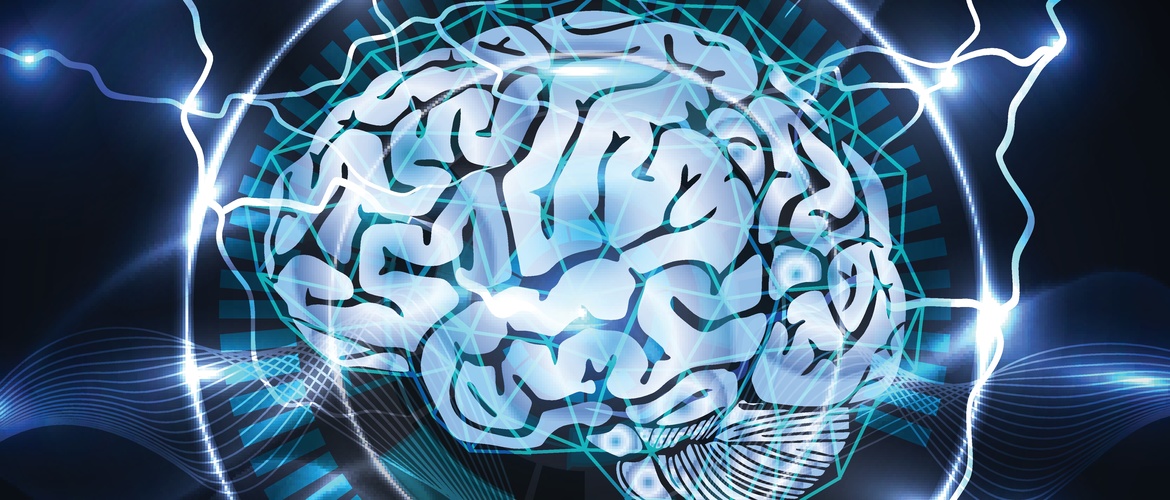
Choose a channel
Check out the different Progress in Mind content channels.

Progress in Mind

Nonpharmacological approaches for the treatment of neurodegenerative diseases were discussed at a lively symposium at AAT-AD/PD. They included deep brain stimulation (DBS) to improve motor symptoms, transcranial magnetic stimulation to improve speech, and rhythmic auditory cues to improve gait for selected patients with Parkinson’s disease. Preliminary evidence showing that intermittent DBS of the nucleus basalis of Meynert improves memory in monkeys and might be beneficial for patients with Alzheimer’s disease was also presented.
Deep brain stimulation (DBS) has improved the treatment of motor complications and therefore the phenotype and natural history of advanced PD, said Leonardo Lopiano, University Turin, Department of Neuroscience, Turin, Italy. It can be offered to selected patients with advanced PD and severe disability due to motor fluctuations such as on-off phenomena and involuntary movements, he explained.
Careful selection of patients for DBS is essential for a beneficial outcome
The mechanism of action of DBS is not clear, and a variety of mechanisms may be involved. A lead is positioned in the basal ganglia and connected by an extension wire to an implanted pulse generator.
Chronic high frequency stimulation of the target in the basal ganglia improves motor symptoms, dyskinesias and motor fluctuations. Over time, however, patient functionality can worsen, mainly due to the onset and progression of axial symptoms and non-motor symptoms, said Professor Lopiano.
Careful selection of patients is essential and the best results have been reported in younger patients with an excellent levodopa response, no or few axial non-levodopa-responsive motor symptoms, no or very mild cognitive impairment, and no psychiatric disorders.
Intermittent DBS of the nbM improves working memory in monkeys
David Blake, Augusta University, Pharmacology and Toxicology, Augusta, USA presented evidence showing that intermittent DBS of the nucleus basalis of Meynert (nbM) improves working memory function in adult monkeys, and that the improvement depends on cholinergic function.1 He suggested that such stimulation might be potentially a promising therapeutic treatment for Alzheimer’s disease.
Speech disorders occur in 90% of patients with PD, but they do not respond well to dopaminergic or surgical treatment, said Irena Rektorova of Masaryk University, Brno, Czech Republic. The speech disorders include monopitch, difficulty speaking loudly and imprecise articulation, and are referred to collectively as hypokinetic dysarthria
rTMS over the voice feedback area may improve speech disorders in PD
Professor Rektorova and her colleagues investigated the short-term effects of repetitive transcranial magnetic stimulation (rTMS) on hypokinetic dysarthria. High and low frequency rTMS was applied over the right posterior superior temporal gyrus, the left orofacial primary motor area, and over the vertex (a control stimulation site) in 15 PD patients using a cross-over design.2 Although rTMS is unable to stimulate the hippocampus or deep regions of the brain it can provide effects in distant regions through dopamine release, Professor Rektorova explained.
The results suggest that rTMS applied over the voice feedback area may induce positive effects on hypokinetic dysarthria through enhanced functional connectivity among distinct brain regions, particularly those involved in the dorsal language pathway.
Gait immediately improves in some patients with PD in response to rhythmic auditory cues. However, for unknown reasons, not all patients with PD respond positively, and some experience a deleterious effect, said Valerie Cochen De Cock from Montpelier, France. An exploration of a patient’s rhythm and musical skills and personalization of the music provided are required to achieve an optimal response.